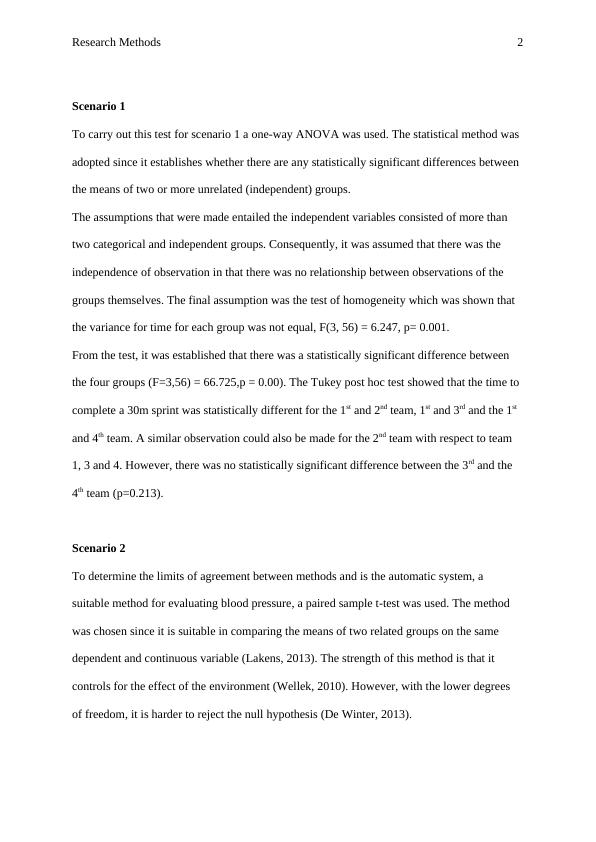Research Methods for Statistical Analysis - Desklib
Perform and interpret quantitative data analysis in four scenarios.
8 Pages1699 Words322 Views
Added on 2023-04-26
About This Document
This article discusses various research methods for statistical analysis, including ANOVA, t-tests, and factor analysis. It provides detailed explanations of each method and their assumptions, strengths, and limitations. The article also includes examples of each method in different scenarios. The content is relevant for students studying statistics and research methods in various courses and universities.
Research Methods for Statistical Analysis - Desklib
Perform and interpret quantitative data analysis in four scenarios.
Added on 2023-04-26
ShareRelated Documents
End of preview
Want to access all the pages? Upload your documents or become a member.
Statistical Tests And Data Visualization
|8
|1001
|22
Hypothesis Testing in Statistics
|6
|661
|498
Assignment on Maths Questions Answers
|7
|1332
|28
HI6007 Statistics and Research Methods For Business Assignment (DOC)
|12
|762
|51
Working with Inferential Statistics
|7
|879
|480
Applied Statistics: ANOVA and Multiple Regression Analysis
|11
|2461
|321



